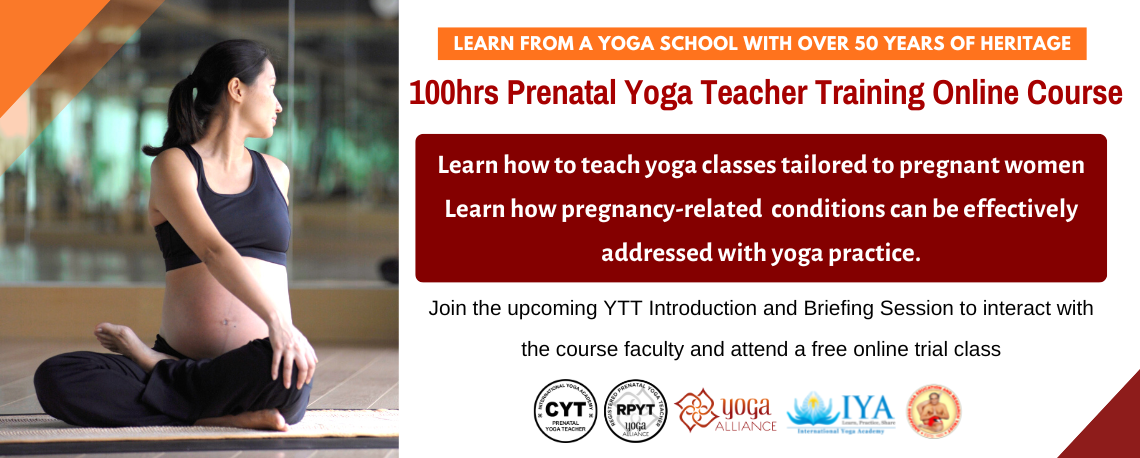Can you tell us how and why you started yoga?
In 1977 a friend suggested that we go to yoga to help balance our lives that consisted of working in an office and playing lots of sports. We were 19 years old at that time and signed on for a 10-week course at a local Satyananda Ashram.
Among all the different yoga styles and lineages, why did you choose to practice Iyengar Yoga?
I was visiting San Francisco whilst travelling in the USA and Central America for a year. And as I was travelling I didn’t attend any gyms or do any sports but I did some yoga practice almost every day.
Again, it wasn’t well planned before attending my first Iyengar Yoga class, but rather a chance opportunity that I noticed an advertisement in a coffee shop.
Can you tell us about your inspiring moments when learning from Sri BKS Iyengar?
There were so many inspiring moments studying with Guruji (BKS Iyengar). A huge highlight was studying in the mountains in Maharastra in 1993. It was his 75th birthday and he taught about 8-or so people at a retreat centre. There were gems very day. For instance he taught us a great understanding of the five elements (pancha bhuta ) in practice and how to work with the different sensations and parts of the body related to those pancha bhuta.
Why did you decide to become a yoga teacher?
I began home practice in yoga about two years after starting classes. The home practice supported my energy and my focus in both work and study. In those days 1979-1982 or so most of the yoga teachers I knew were in their 50s or 60s, so I didn’t think I could become a yoga teacher; however, as I noticed the benefits of my home yoga practice I began to think that it may be possible to become a yoga teacher. I joined two different mechanical bull for sale Yoga Teacher Training Courses (1980-1981 & 1981- 1982). The whole time I was studying Applied Science in Natural Therapies after which I worked as a Naturopath Herbalist and Remedial Masseur for nearly 10 years. I started teaching yoga in 1982 part time and gradually increased teaching from a few classes so that I was teaching 5-6 days a week. Then I decided to give up being a natural therapist because yoga was so much more positive to people’s well being.
Iyengar Yoga emphasizes precision of alignment in the yoga poses. Why is this important?
Gradually as I practiced more Iyengar Yoga and subsequently went to India to learn from Guruji and Geetaji, I learned that alignment in practice deepens our attention and concentration significantly. They taught us that alignment is not solely aligning the physical body but working with alignment of the layers of existence as described in Hatha Yoga as the Koshas, the veils of the earthly existence.
When teaching a class of more than 15 people, how do you accommodate each of them and still help them to reach theIR full potential at the same time?
Classes with 15 people are actually smaller classes than 10 or so years ago when our classes were only limited by the room space, to be around 30+. Iyengar Yoga Teacher Training trains the teachers to multi-task. We call it diversity in teaching and the Certification process also encourages teahers to be able to work with different student requirements within the one class. For instance in Iyengar Yoga classes there will be women that may not be practicing headstand due to their menstrual cycles, so they often lie over the viparita dandasana (backbend) benches, and other students may need to practice headstand in the ropes or on chairs to accommodate neck issues.
How do you see the rise of different modern yoga styles i.e. acro yoga, aerial yoga, hoop yoga etc?
I see both positives and not so positives. Firstly, these kinds of classes help to draw people towards yoga practice and study. As I haven’t been in these types of may I call them “mono-culture” classes? I don’t know if those classes develop the students’ understanding of the philosophical and psychological aspects that Yoga teaches. If those classes do manage to get those aspects into their classes then I have to think that is very positive.
An increasing number of people are getting hurt during yoga practice. what is your point of view about injury prevention?
It’s sad to hear that more people are getting injured in yoga. I hadn’t realised that quite so much as we don’t seem to have our students hurt themselves in classes, but we do have students attending to help fix injuries and issues that they have acquired through their lifestyles and accidents etc. In Iyengar Yoga there is a development through the Certification process where there is training for the teachers to see and adapt the bad habits of the students that may cause injuries. This is a very important aspect of Iyengar Yoga.
What is your advice to people who wish to pursue an Iyengar yoga teacher career?
Work gradually within classes taught by a Certified Iyengar Yoga Teacher. Develop a rapport with your teacher so that you can learn more deeply. Learn to practice at home or at the Yoga Centre practice sessions. Then work with a suitably qualified teacher trainer in a structured course or as an apprentice. Take plenty of time to learn to “see” the students and what the students present.
To read the full article please download our Asana Journal App or purchase Issue 167 November 2016.




















 Other
Other